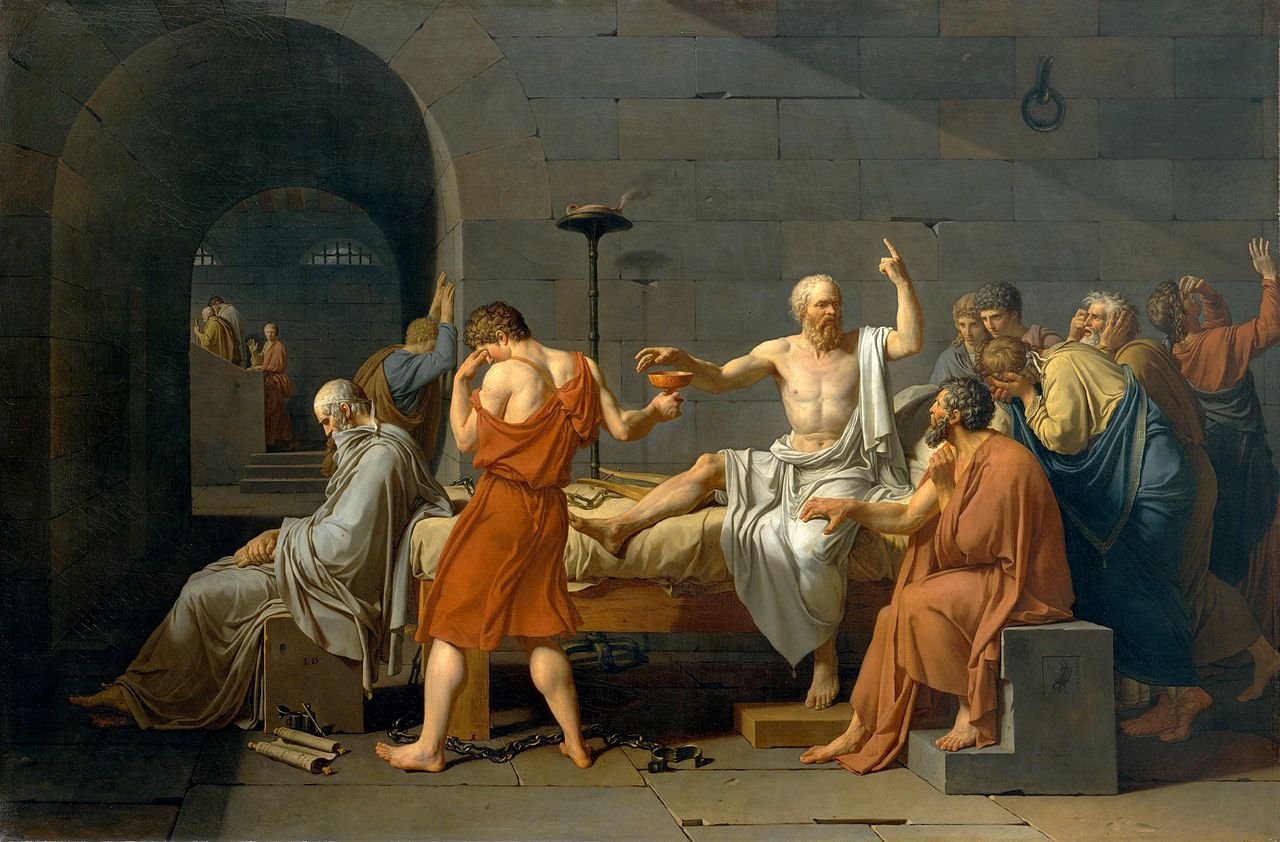
Figure 1 – “The Death of Socrates” by Jacques-Louis David” from the Wikipedia and in the public domain in the United States
“This discovery of yours will create forgetfulness in the learners’ souls, because they will not use their memories; they will trust to the external written characters and not remember of themselves. The specific which you have discovered is an aid not to memory, but to reminiscence, and you give your disciples not truth, but only the semblance of truth; they will be hearers of many things and will have learned nothing; they will appear to be omniscient and will generally know nothing; they will be tiresome company, having the show of wisdom without the reality.”
Hmm! Crank forward 2500 years and we might as well be talking about the internet!
I was thinking the other day about the callous on my right middle finger. When I was in school this callous, spawned by writing and gripping pencils, was much larger and often painful, from too much or too intense writing. Today people write less and less, cursive script is evaporating in favor of printing, which is certainly much more user friendly for writing on a Microsoft Surface, if you are seeking character recognition. The other day I was reading scientific references at work, searching for them. I leaned back in my chair to relax my eyes and found myself outright annoyed any time that the computer demanded that I lean forward to actually type on my key board. Of course, the callous on my middle finger only yields to replacement by other maladies of repetitive action, eyestrain and carpels.
Still there is nothing that I like more than the freedom of creativity afforded by digital photography. The taking is easier. The processing is easier. Color is infinitely more accessible than in the film days. In face, and arguably so, the only thing that seems complex is what to do with, how to index, all these huge files that I am taking.
Photography is an interesting example of technological evolution. Digital photography arrives and rapidly everything becomes automated and precise. But consumers rebel and demand a through back. They don’t want to look at flat miniature screens, they want the feel of the single lens reflex back. And camera designers obliged. It is a lot like the cell phones. Miniaturization worked to a point, but now aging eyes are demanding larger formats.
Maybe this last point is important. The shamans of technology have a hard time creating a need where there isn’t one – at least not for any real length of time. Technology is driven by demand and by the demand for economy of cost. Nobody in this day and age would put up with a pile of yucky and sticky failed Polaroid instant prints at their feet at a dollar a pop.
